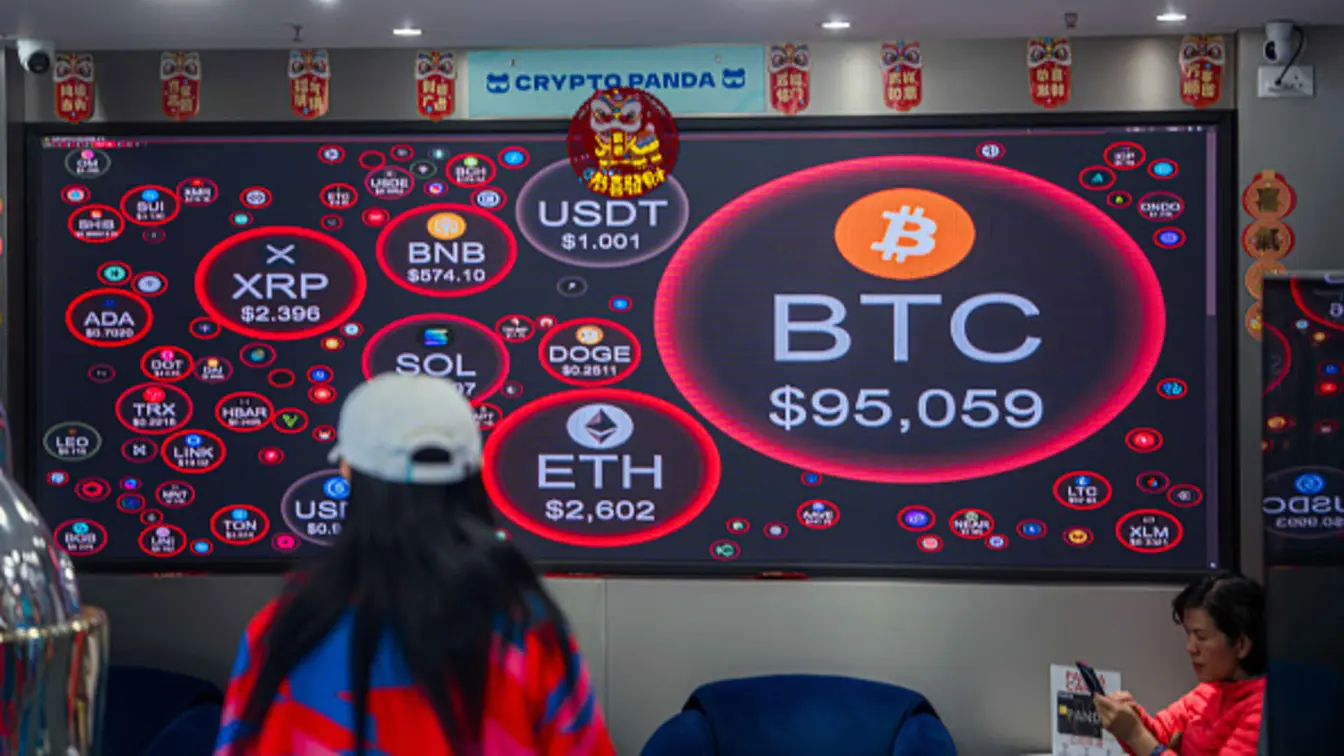T4K3.news
Plug-in solar gains momentum
Small plug-in solar kits are growing in popularity as a low-cost alternative to rooftop solar in many U.S. markets.
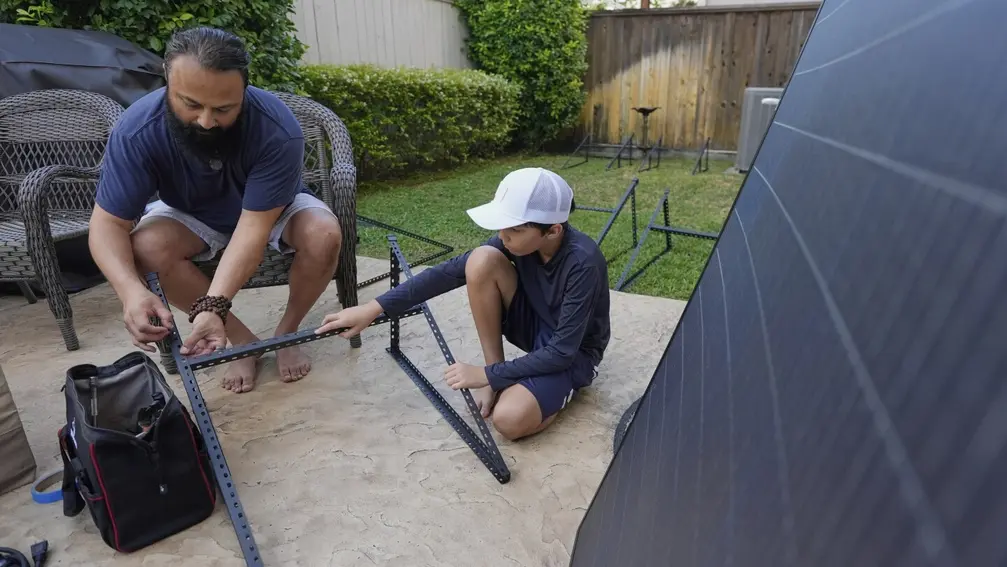
Small door-sized plug-in solar systems are gaining buyers as cheaper, easier alternatives to rooftop panels amid shifting federal policy and local rules.
Plug-in solar kits gain traction in the United States
In Oakland, Terrence Dwyer bought a $2,000 plug-in solar kit for his deck. The two 400-watt panels come with an inverter, a smart meter and a circuit breaker, and the setup lowers his monthly bill by about $35 by cutting how much energy he draws from the grid. He also cites a desire to reduce his carbon footprint as a key motivation.
Adoption hinges on how utilities and local rules treat energy-generating equipment. Some systems can be self-installed, others require an electrician or a permit, and interconnection rules vary by jurisdiction. Utah has passed a law exempting certain small plug-in systems from interconnection agreements and setting safety standards, a move that others are watching as a potential model. Bright Saver and Craftstrom, two leading makers, say demand is rising even before broader federal incentives expire, and some utilities report little pushback when customers notify them about installations. The costs of these kits in the United States are higher than in Europe, which makes questions about long-term savings important for buyers.
Key Takeaways
"We like the environmental benefits of solar and wanted to engage with solar in some fashion."
Terrence Dwyer on his motivation for going with a plug-in kit
"There is no reason why we shouldn’t have them here in the United States"
State lawmaker Raymond Ward on expanding plug-in solar
"Europe has these things You can go buy them and they work and people want them"
Ward on cross-Atlantic precedent for plug-in solar
"I think anyone can install this It’s not complicated It doesn’t require a technical degree"
Craig Keenan on ease of installation
The surge in plug-in solar reflects a broader push for consumer-ready clean energy options as traditional rooftop incentives fade. Regulators face a delicate task: encourage lower-cost, low-friction solutions while protecting the grid and ensuring safety. If more states copy Utah’s approach, the market could scale quickly, especially for renters and homeowners who want control over their energy use without major renovations. But the economics still hinge on local electricity prices and the regulatory patchwork that can slow adoption or create surprises for buyers and utilities alike.
Policy will largely determine whether this becomes a niche trend or a mainstream option. Utilities may resist a proliferation of smaller generators that reduce demand, while advocates argue these kits offer energy resilience and climate benefits at a lower entry price. As regulators catch up with technology, consumers may gain real leverage to choose how and where their power comes from.
Highlights
- Sunlight in reach for every balcony
- Energy freedom comes in a plug and a meter
- Clean power should be simple and affordable
- Policy changes open doors for home solar
Budget policy creates uncertainty for plug-in solar
A federal budget and policy package that could remove rooftop solar tax credits may drive demand toward cheaper plug-in kits, but it also adds policy risk for buyers and manufacturers. Local interconnection requirements and state rules remain a patchwork that could slow or selectively aid adoption.
Policy momentum will decide if more homes plug into the sun or stay tied to the grid.
Enjoyed this? Let your friends know!
Related News
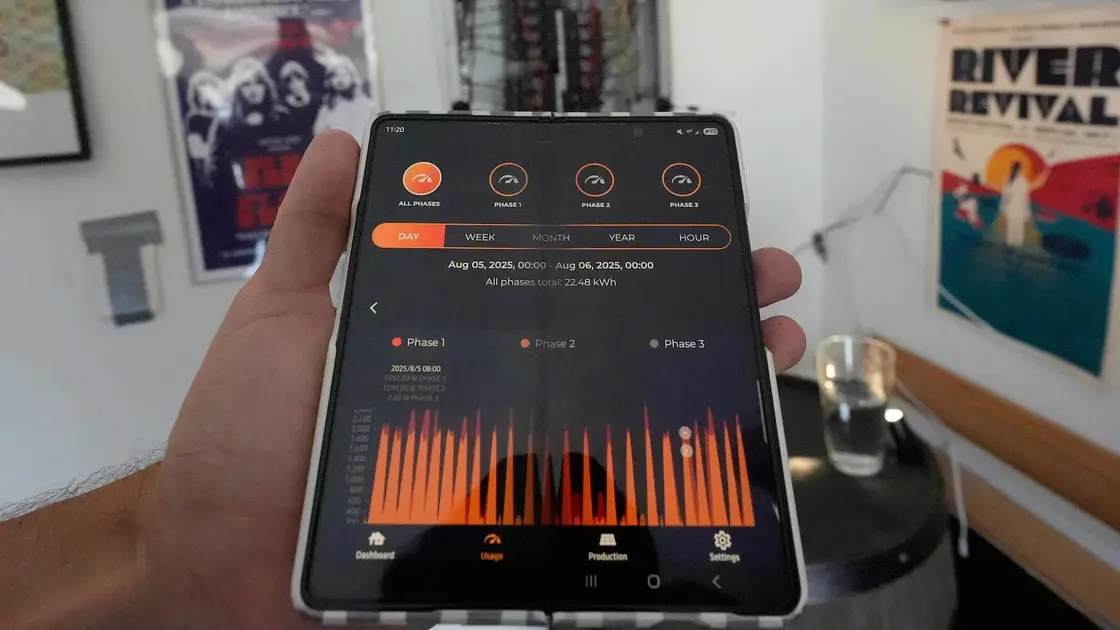
Balcony solar panels gain traction in the US

Plug-in solar kits expand in US homes
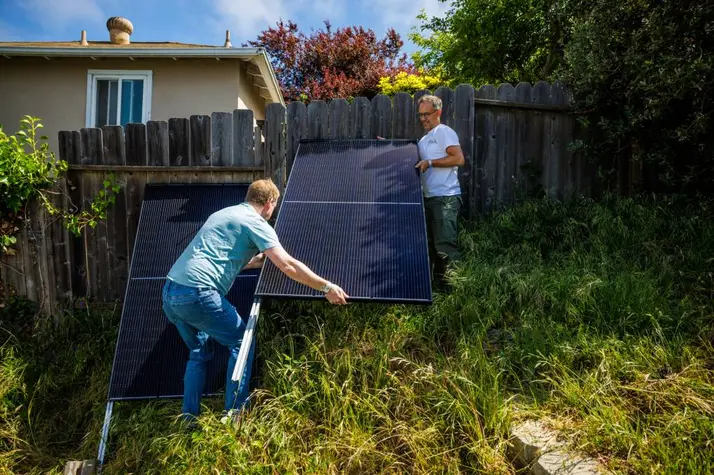
Bay Area Residents Embrace Plug-In Solar Solutions
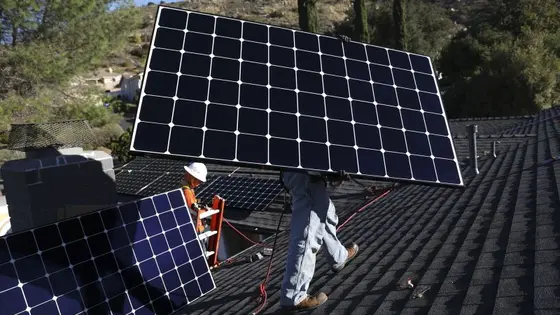
Clean energy tax credits tighten

Horoscope forecast August 11 2025 released

Markets move as Berkshire stake in UnitedHealth draws attention

OpenAI withdraws from Windsurf deal, Google strikes

Major shifts in crypto market this week
